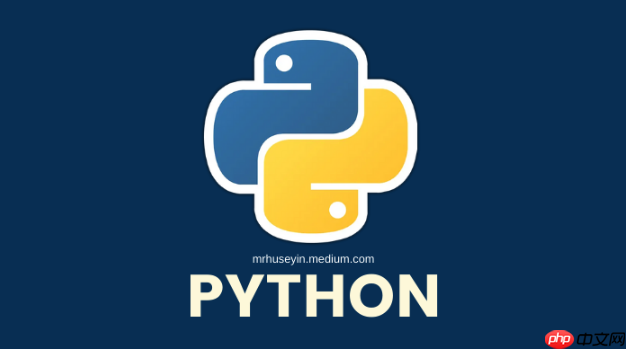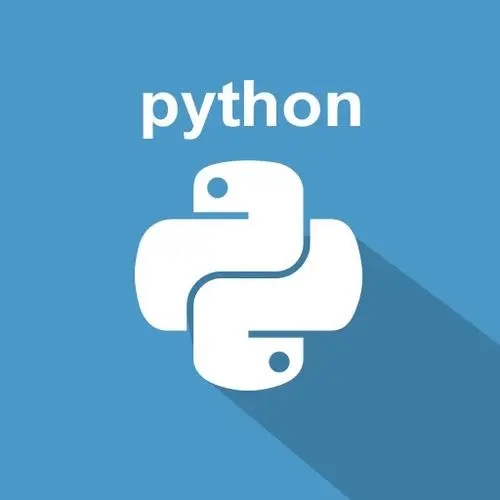答案:使用for循环结合条件判断可将数据按条件、类型或规则分离到不同列表中,如奇偶数分离、按数据类型分类及邮箱地址筛选,关键在于明确分类标准并注意细节处理。

在Python中,使用循环遍历数据并将其分离是一种常见操作。你可以根据条件、类型或格式将数据拆分到不同的容器中,比如列表或字典。下面介绍几种实用的方法。
如果你有一组数据,想根据某个条件分成两类(比如奇数和偶数),可以用for循环配合if判断:
示例: 将列表中的奇数和偶数分开
numbers = [1, 2, 3, 4, 5, 6, 7, 8, 9, 10]for num in numbers:
if num % 2 == 0:
evens.append(num)
else:
odds.append(num)
print("偶数:", evens)
print("奇数:", odds)
当列表中混合了不同类型的数据(如整数、字符串、浮点数),可以按类型分类:
mixed_data = [1, "hello", 3.14, "world", 42, 2.71, True, "python"]for item in mixed_data:
if isinstance(item, int) and not isinstance(item, bool): # 排除bool
ints.append(item)
elif isinstance(item, str):
strings.append(item)
elif isinstance(item, float):
floats.append(item)
print("整数:", ints)
print("字符串:", strings)
print("浮点数:", floats)
处理文本时,常需要根据内容特征进行分离,比如邮箱中区分域名、或按前缀分类:
立即学习“Python免费学习笔记(深入)”;
emails = [gmails = []
others = []
for email in emails:
if "gmail" in email:
gmails.append(email)
else:
others.append(email)
print("Gmail邮箱:", gmails)
print("其他邮箱:", others)
基本上就这些。用循环遍历分离数据的关键是明确分类标准,然后在循环中判断并归类。这种方法逻辑清晰,适合初学者掌握数据处理的基本思路。不复杂但容易忽略细节,比如布尔值在类型判断中的特殊性。
以上就是python如何用循环遍历分离数据的详细内容,更多请关注php中文网其它相关文章!

python怎么学习?python怎么入门?python在哪学?python怎么学才快?不用担心,这里为大家提供了python速学教程(入门到精通),有需要的小伙伴保存下载就能学习啦!

Copyright 2014-2025 https://www.php.cn/ All Rights Reserved | php.cn | 湘ICP备2023035733号